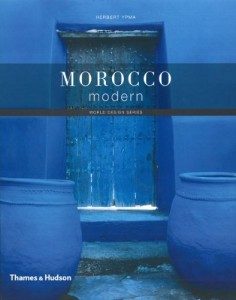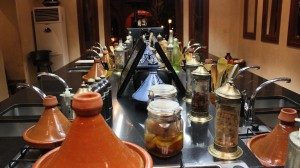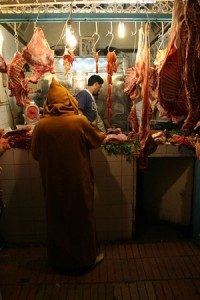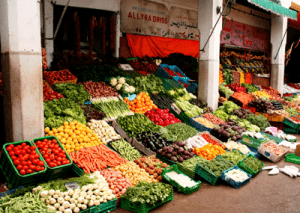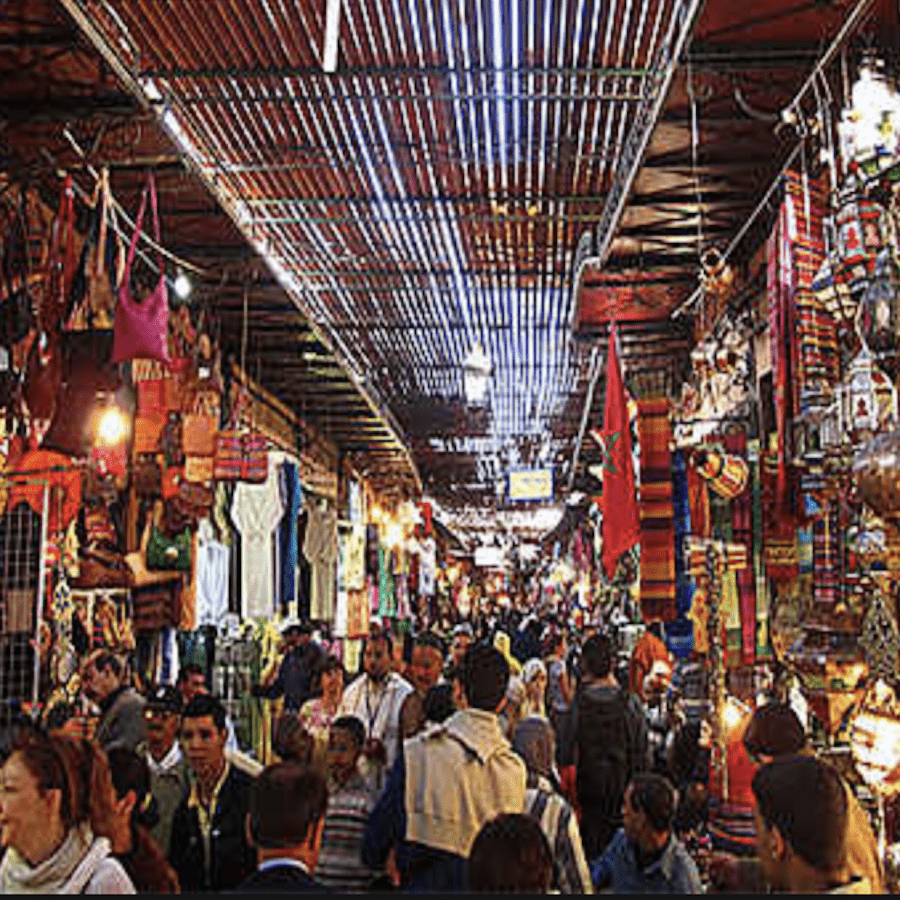Tag: Moroccan Souks
By visiting local souks outside Marrakech you can experience local Berber country life and absorb the character of the marketplaces where they meet each week. This is an important social occasion where local producers sell their wares including, fruit, vegetables and livestock. Merchants from Marrakech sell essentials such as: tea, coffee, sugar, packaged foods, cooking items, clothing and electronics. You can also come across carpets, jewelry and pottery generally cheaper than in Marrakech. There are many things available to buy from the souk: henna, spices, rugs, Berber slippers and sandals, pottery, Berber djellabahs for men, dresses for women and handmade wooden kitchen utensils.
The French designer Yves Saint Laurent remarked of Marrakech that “This city leads me to color.” Morocco has fascinated many designers with its wealth of color and diversity of islamic design for the last century. The color in Morocco’s bright zellij tiles, woodwork, silver jewelry and cedar hand-crafted ceilings blend effortlessly with modern interior design. Morocco’s winding medina street scenes, colorful souks, majestic gardens and palaces provide the perfect inspiration to adorn a home.
Learning some of the basics of Moroccan cooking can be an enjoyable experience and adds to your own culinary skills back home. Many riads offer cookery classes for their clients during their stay. These usually begin with a trip to the souk accompanied by one of the staff to buy produce and spices. In contrast to shopping at home everything is bought fresh, for home-cooking. The market stalls include piles of spices, and fresh fruits, nuts and fine local vegetables all beautifully laid out with the fragrance of mint and cilantro . Shopping in the souks of Morocco is a keen sensory experience, as well as a chance to experience local daily life as buyers and sellers haggle over prices.
Near the vegetable and fruit markets (souks) in Morocco, you will easily spot the meat market; small stalls specializing in particular meats: one for beef, one for lamb, one for poultry; even one for offal, or innards. These are open-air affairs. If you’re squeamish and used to the refrigerated, hormone-filled shrink-wrapped proteins in America, relax! Moroccans and other cultures have been shopping in this manner for centuries with no harm done. Also remember, when you’re cooking meat, poultry or fish, the high heat will effectively burn off any dust from the market.
If you are among the lucky travelers who spend some time renting a home-away-from-home in Morocco, you’ll have the great pleasure of shopping in the local food markets. While many towns of a larger size have “super” markets offering all products ~ vegetables, tinned & paper products ~ needed to stock a kitchen, I recommend the pleasure of shopping the way the Moroccan locals shop.
If you are an olive olive lover, you will find Morocco to be a paradise! All the different colors and varieties of olives are cured with different methods. The lemony greens, the succulent reds, and the pungent blacks are all done in several different ways, and each style has separate uses in the Moroccan cuisine. Once the olives are cut off the trees in mid-November, they are usually cut in Morocco with a razor blade, using a long, diagonal slash. During the hand-cutting, they are sorted by color into green, red, and black, all going into different vats.



